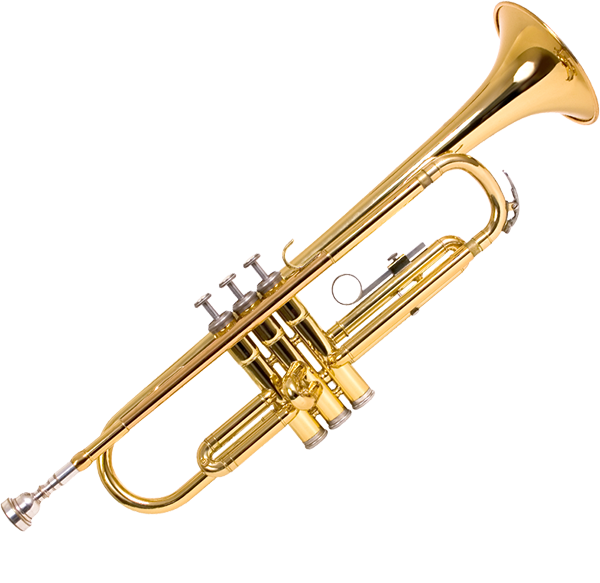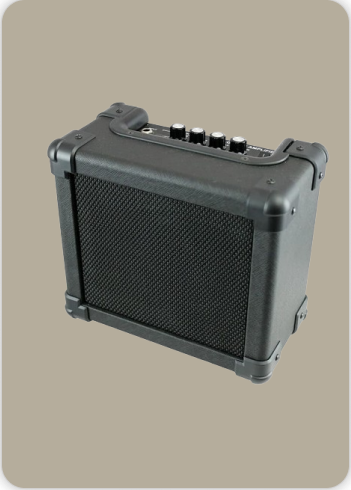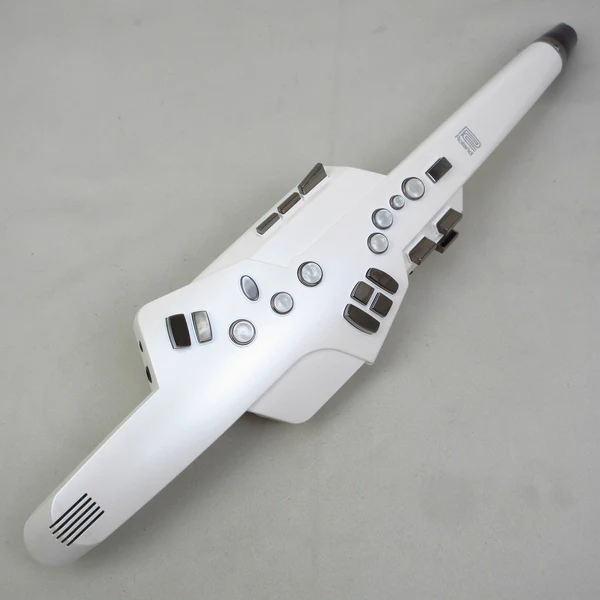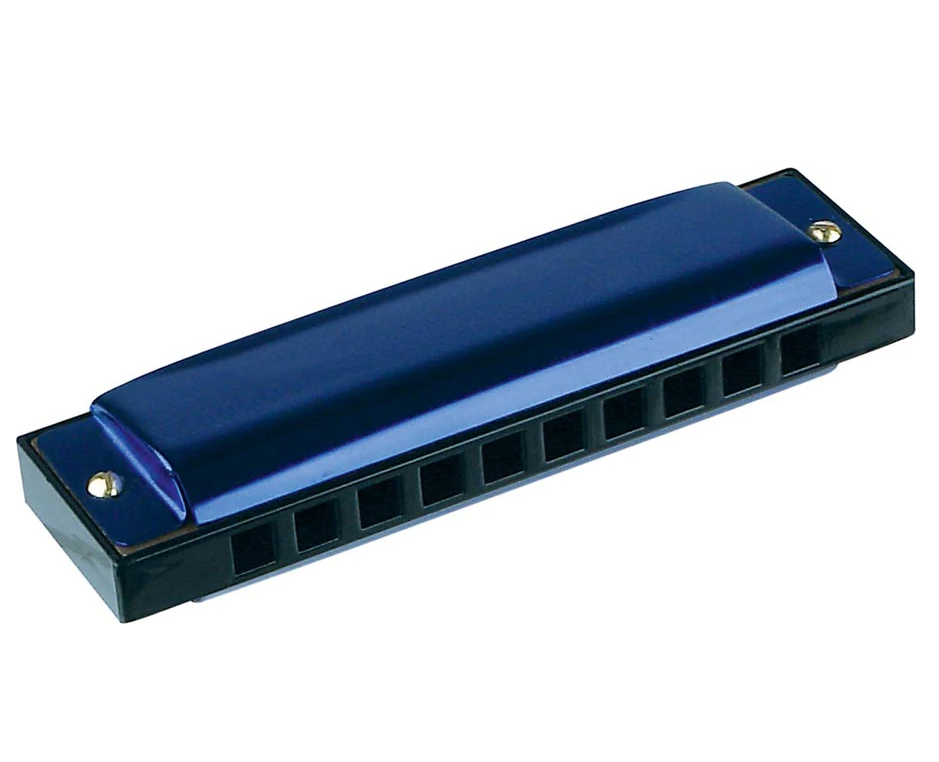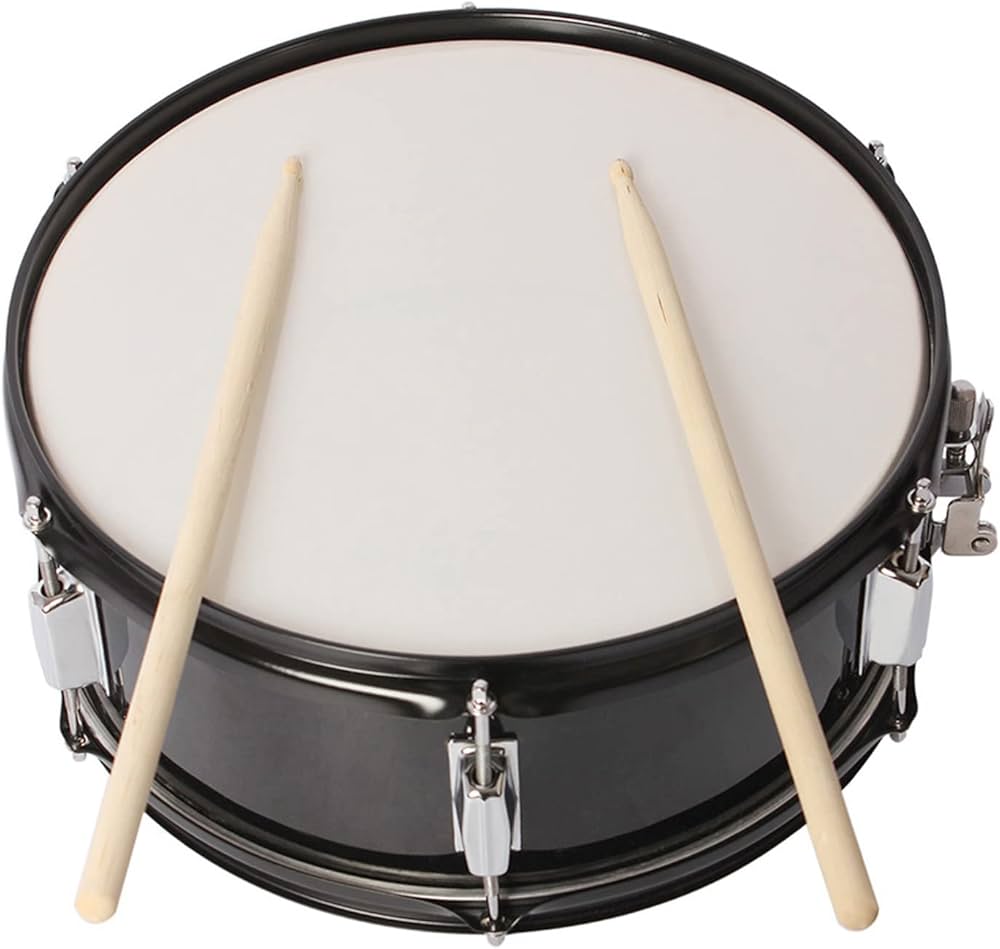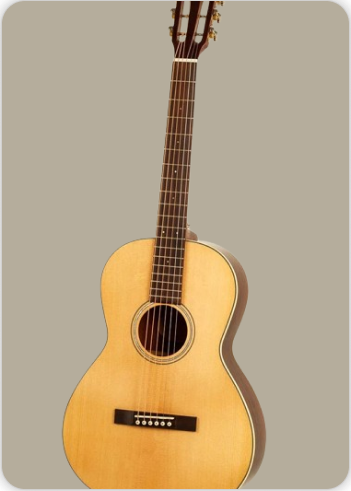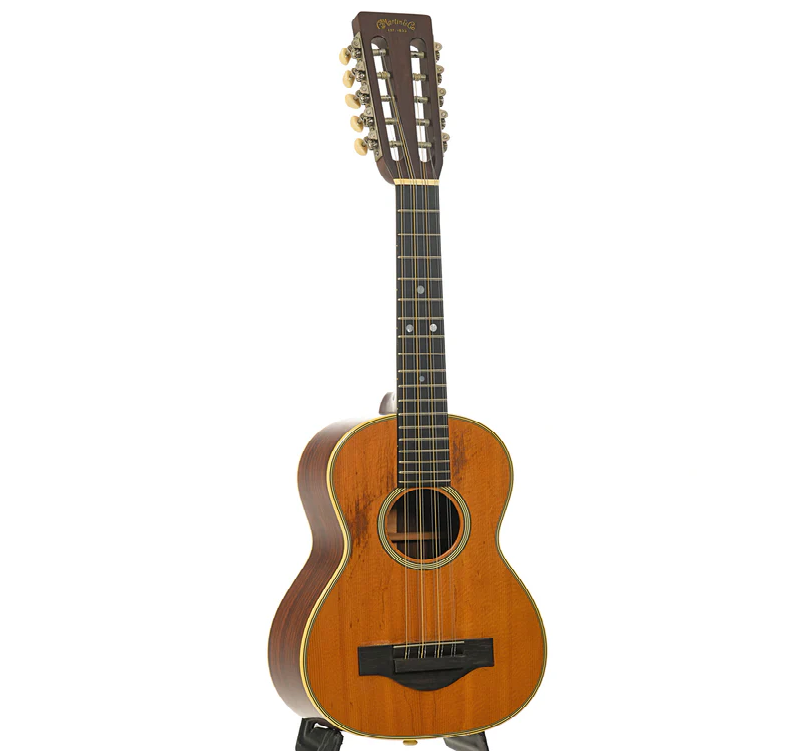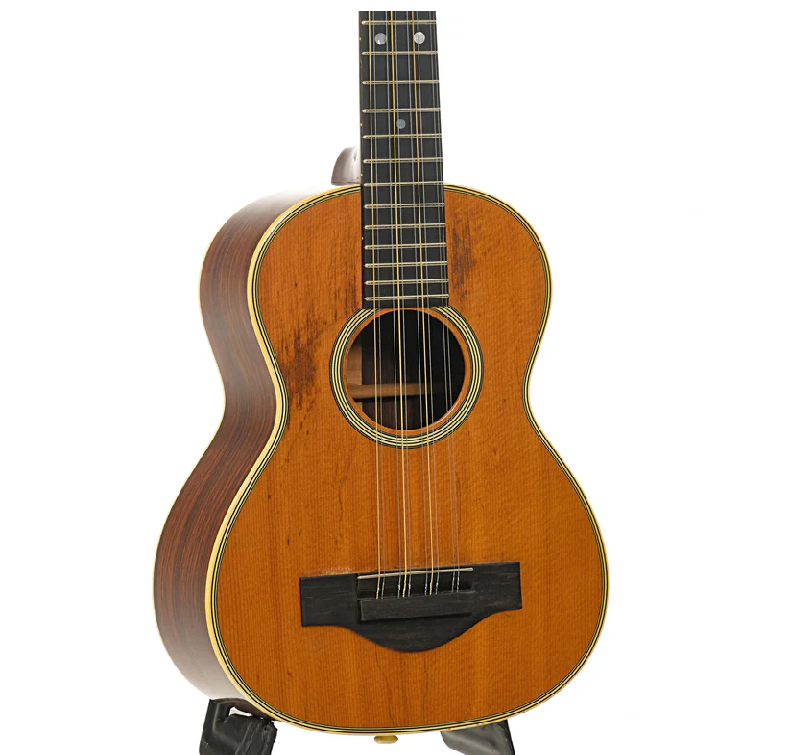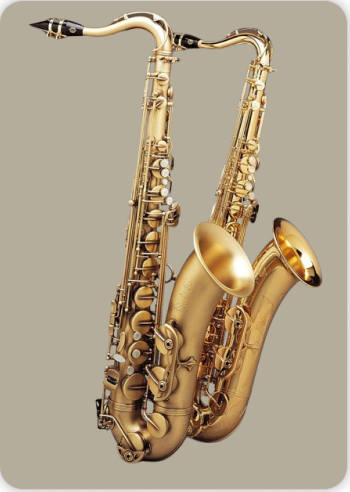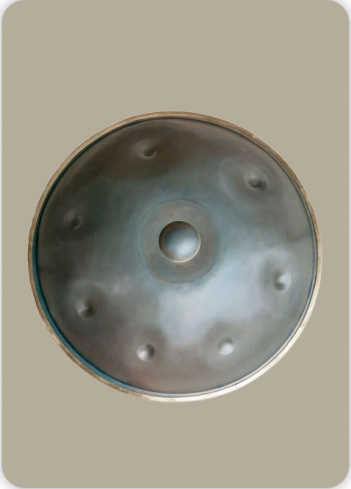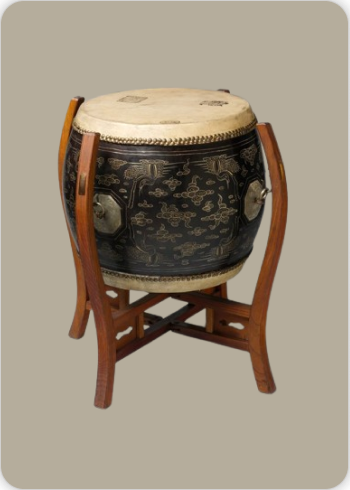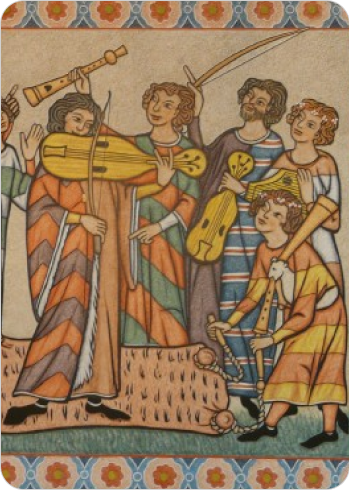Tiple
Plucked Instruments
America
Between 1001 and 1900 AD
Video
The tiple is a distinctive plucked string instrument that belongs to the guitar family, widely recognized for its bright, resonant sound and unique construction. The name “tiple” is derived from the Spanish word for “treble” or “soprano,” reflecting its typically high-pitched tonal range. At first glance, the tiple resembles a small guitar or a large ukulele, but its string arrangement and sound set it apart from both. The instrument is most commonly associated with Latin American countries, particularly Colombia and Puerto Rico, though variants exist in North America and the Canary Islands as well. A tiple player is known as a tiplista.
Type of Instrument: The tiple is classified as a chordophone, specifically a composite chordophone in the Hornbostel–Sachs system, with the code 321.322. This designation identifies it as a necked box lute or necked guitar, meaning it consists of a resonating body with a neck attached, over which the strings are stretched. The instrument produces sound through the vibration of its strings, which are either plucked directly by the fingers or with a pick. As a member of the guitar family, the tiple shares certain construction features with classical and folk guitars, but its unique string arrangement and tuning give it a distinct place among Latin American folk instruments.
History of the Tiple
The origins of the tiple can be traced back to the 18th century, with the first documented mention by musicologist Pablo Minguet e Irol in 1752. The instrument’s ancestry is closely linked to the Spanish vihuela and early guitars brought to the Americas by Spanish colonists in the 16th century. Over time, these instruments evolved in different regions, adapting to local musical traditions and preferences. In Colombia, the tiple became an integral part of the country’s musical identity, eventually being recognized as the national instrument. Its development was influenced by both indigenous and European musical practices, resulting in the 12-string tiple Colombiano that is prominent today. By the late 19th century, the Colombian tiple had taken on its modern form, with its distinctive string arrangement and tuning system. The tiple also spread to other parts of Latin America, including Puerto Rico, where it evolved into a smaller instrument with fewer strings. Variants of the tiple can be found in Cuba, Mallorca, and even North America, each reflecting the musical culture of its region. In North America, the tiple was adopted and adapted by folk musicians, particularly in the United States, where it became part of the vernacular music tradition.
In the Canary Islands, a closely related instrument called the timple developed, sharing many characteristics with the tiple but with its own unique history and construction. The timple is especially prominent in Canarian folk music and is considered a symbol of regional identity.
Construction and Physical Structure
The construction of the tiple varies depending on the region and specific type, but certain features are common across most variants. The body of the tiple is typically made from woods such as spruce, pine, or mahogany, with a flat or slightly arched soundboard and a box-shaped resonator. The neck is attached to the body and usually features a fretted fingerboard, allowing for chromatic playing across multiple octaves. The Colombian tiple, for example, is about 18% smaller than a standard classical guitar, with a scale length of approximately 530 mm (just under 21 inches). The neck joins the body at the 12th fret, and the instrument typically has 18 or 19 frets, providing a range of about two and two-thirds octaves. The most distinctive feature is its twelve strings, arranged in four courses of three strings each. In the traditional setup, the outer two strings of each of the three lowest courses are tuned an octave higher than the central string, creating a rich, layered sound.
The strings themselves are usually made of steel, though some variants use nylon or other materials. The bridge and nut are designed to accommodate the multiple string courses, and tuning is achieved with machine heads or friction pegs. The soundhole is often round, though decorative variations exist. In Puerto Rico, the tiple is generally smaller and may have fewer strings—often four or five, arranged in single courses. The North American tiple, particularly those produced in the United States, often features ten strings in four courses (2-3-3-2 configuration), and is constructed similarly to a small guitar or large ukulele, with a wooden body, metal machine heads, and wire strings.
The timple of the Canary Islands, while similar in appearance to the tiple, typically has five nylon strings and is crafted from woods such as white spruce, pine, and ebony. Its construction includes a soundboard, neck, and pegbox, and it is traditionally played by strumming.
Types of Tiple
The tiple family encompasses a variety of regional types, each with its own characteristics and musical role. The main types include:
Colombian Tiple (Tiple Colombiano): The most widely recognized version, with twelve steel strings in four triple courses. It is used extensively in Colombian folk music and is considered the national instrument of Colombia. There is also a smaller variant known as the tiple requinto, which is higher-pitched and often used for melodic lines.
Puerto Rican Tiple: This version is smaller and typically has four or five single strings, though some variants may have more. It is used in Puerto Rican folk music and is known for its bright, percussive sound.
North American Tiple: Popularized in the United States, especially in the early 20th century, the North American tiple often has ten strings arranged in four courses (2-3-3-2). It is similar in size to a tenor ukulele and is used in American folk and popular music.
Cuban and Mallorcan Tiples: These regional variants have their own unique string arrangements and tunings, reflecting local musical traditions.
Timple (Canary Islands): Although technically a distinct instrument, the timple shares many features with the tiple and is sometimes considered part of the same family. It typically has five nylon strings and is central to Canarian folk music.
Characteristics of the Tiple
The tiple’s most defining characteristic is its string arrangement, which gives it a unique tonal quality. The use of triple or double courses, often with octave pairings, creates a shimmering, chorus-like effect that distinguishes the tiple from other plucked string instruments. This sound is particularly well-suited to the rhythmic and melodic patterns of Latin American folk music. The instrument’s compact size makes it portable and accessible, while its robust construction allows for both delicate fingerpicking and vigorous strumming. The tiple is versatile, serving as both an accompaniment and a solo instrument in a wide range of musical genres, from traditional dances and songs to contemporary compositions. In Colombia, the tiple is essential to genres such as bambucos and pasillos, where it provides harmonic support and intricate melodic lines. Its bright, penetrating sound helps it cut through ensembles, making it a favorite for both ensemble and solo performance.
The tiple’s tuning varies by region and type. The Colombian tiple is traditionally tuned to C F A D (from lowest to highest course), though many modern players use a tuning similar to the upper four strings of a guitar (D G B E). The Puerto Rican tiple and other variants have their own tunings, often reflecting the musical needs of their respective traditions. The physical structure of the tiple also contributes to its sound. The combination of steel strings, wooden body, and specific bracing patterns results in a resonant, projecting tone. The use of octave strings in the lower courses adds complexity and richness to chords and melodies.
Playing Techniques and Sound Modifications
The tiple, whether from North or South America, is a plucked chordophone that requires a combination of fingerstyle and strumming techniques. In Colombia, the tiple is often played with the fingers, using both the thumb and fingers to pluck the strings, which are arranged in courses. This approach allows for intricate melodic lines as well as rhythmic accompaniment. The use of a plectrum is also common, especially for faster passages or when a brighter, more percussive sound is desired. The Colombian tiple’s 12 strings, grouped in four triple courses, enable players to create a rich, shimmering texture, with the outer strings of each course tuned an octave higher than the central string. This octave arrangement produces a chorus-like effect, enhancing the instrument’s harmonic complexity.
Sound modifications on the tiple are achieved through various techniques. Players can employ muting with the palm of the hand to create a staccato effect or use rapid alternation between fingerpicking and strumming for dynamic contrasts. The use of different tunings, such as the traditional C F A D or the modern D G B E (mirroring the upper four strings of a guitar), allows musicians to adapt the instrument to different musical contexts. In North America, the Martin tiple, with its ten steel strings in mixed courses, is typically played in a manner similar to the ukulele or guitar, using both fingerstyle and plectrum techniques. The unique string arrangement, with some courses tuned in octaves and others in unison, gives the North American tiple a distinctive tonal palette.
Famous Compositions
The tiple has inspired a repertoire of compositions that highlight its unique sound. In Colombia, the instrument is central to genres such as bambucos and pasillos, with many traditional songs composed specifically for the tiple. One of the most notable composers for the tiple is Pacho Benavides, whose works have become staples in the Colombian musical canon. His compositions often exploit the tiple’s ability to provide both rhythmic drive and melodic ornamentation, showcasing the instrument’s versatility. In ensemble settings, the tiple frequently plays a dual role, providing harmonic support while also executing melodic lines. This duality is evident in arrangements of traditional Colombian songs, where the tiple interweaves with other instruments like the guitar and bandola. In North America, while there are fewer compositions written exclusively for the tiple, the instrument has found a place in jazz, blues, and old-time country music, often serving as a louder, more resonant alternative to the ukulele. Its use in these genres is characterized by adaptations of existing repertoire, with players arranging popular songs to suit the tiple’s unique tuning and timbre.
Most Influential Players
The tiple’s prominence in Colombian music has given rise to a number of influential players, known as tiplistas. Pacho Benavides stands out as a leading figure, not only for his compositions but also for his virtuosic playing style, which has inspired generations of musicians. His approach to the tiple emphasizes both technical precision and expressive depth, elevating the instrument from a simple accompaniment tool to a soloistic voice.
Other notable tiplistas include David Pelham, who has written extensively about the instrument’s history and technique, and contemporary performers who continue to expand the tiple’s repertoire and visibility. In North America, the Martin tiple was popularized by musicians during the ukulele craze of the early 20th century. While specific names are less prominent, the instrument was embraced by jazz and blues musicians seeking new tonal possibilities. Modern builders and players, such as those associated with the Ohana brand, have contributed to a revival of interest in the North American tiple, adapting it for contemporary musical styles.
Historical Performances or Concerts
The tiple has been featured in numerous historical performances, particularly in Colombia, where it is a staple of folk ensembles and national celebrations. The instrument’s role in traditional music festivals, such as the Festival Nacional del Tiple in Colombia, has cemented its status as a symbol of national identity. These events often feature competitions and concerts where tiplistas demonstrate their skill, performing both traditional repertoire and new compositions. In North America, the Martin tiple was a fixture in vaudeville acts and early jazz and blues performances during the 1920s and 1930s. Its distinctive sound made it a popular choice for recording sessions, particularly when a brighter, more penetrating tone was desired. While the tiple’s presence in mainstream concerts has waned, it continues to appear in folk and world music festivals, where its unique timbre is celebrated by enthusiasts and musicians alike.
Maintenance and Care
Proper maintenance and care are essential to preserving the tiple’s sound quality and longevity. The instrument’s steel or bronze-wound strings require regular replacement, as they are prone to corrosion and wear. Cleaning the strings after each playing session can extend their lifespan and maintain tonal clarity. The wooden body of the tiple should be kept in a stable environment, avoiding extreme temperature and humidity fluctuations that can cause warping or cracking. Periodic inspection of the tuning machines and bridge is recommended, as these components are subject to stress from the high tension of multiple strings. Lubricating the tuning pegs and ensuring the bridge is securely attached will help prevent tuning instability and structural damage. For tiples with intricate inlays or decorative elements, gentle cleaning with a soft cloth is advised to avoid scratching or dulling the finish. Storing the tiple in a hard case when not in use provides protection from physical damage and environmental hazards.
Interesting Facts and Cultural Significance
The tiple’s name, derived from the Spanish word for “treble” or “soprano,” reflects its bright, high-pitched sound. The instrument is believed to have evolved from the Spanish vihuela, brought to the Americas by conquistadors in the 16th century. Over time, the tiple developed distinct regional variations, with the Colombian tiple becoming the national instrument and a symbol of cultural heritage. In Colombia, the tiple is more than just a musical instrument; it is an emblem of national pride, featured in educational curricula and celebrated in literature and art. Its role in traditional music ensembles underscores its importance in preserving and transmitting cultural traditions. The tiple’s unique construction, with courses of strings tuned in octaves and unison, sets it apart from other plucked instruments and contributes to its characteristic sound.
The North American tiple, designed by C.F. Martin & Co. in 1919, represents a fusion of Latin American and Anglo-American musical traditions. Its popularity during the early 20th century ukulele craze highlights the instrument’s adaptability and appeal across different musical genres. The Martin tiple’s use in jazz, blues, and country music demonstrates its versatility and enduring relevance. The tiple’s higher pitch compared to related instruments like the cuatro makes it integral to the harmonic and melodic structure of Amazonian and Andean music. It is commonly played during folk songs, celebrations, and ceremonial gatherings, contributing to the rich tapestry of regional musical traditions. The instrument’s presence in both North and South America attests to its widespread influence and cultural significance.
Cultural Impact and Legacy
The tiple’s enduring legacy is evident in its continued use in both traditional and contemporary music. In Colombia, the instrument remains a vital part of the national identity, celebrated in festivals, taught in schools, and cherished by musicians of all ages. Its adaptability has allowed it to thrive in a variety of musical contexts, from solo performances to large ensembles. In North America, the tiple’s historical association with the ukulele and its adoption by jazz and blues musicians illustrate its cross-cultural appeal. Modern builders and players continue to explore the instrument’s possibilities, ensuring that the tiple remains a vibrant and evolving part of the musical landscape.
The tiple’s unique sound, rich history, and cultural significance make it a fascinating subject for musicians, historians, and music lovers alike. Its journey from the Spanish vihuela to the national instrument of Colombia and a beloved fixture in North American folk music is a testament to the power of musical innovation and cultural exchange.
FAQ
What are the main types of Tiple found in North and South America?
The main types include the Colombian Tiple, Puerto Rican Tiple, and American Tiple. Each has a distinct number of strings and tuning. The Colombian version typically has 12 strings in four courses. Puerto Rican Tiples are smaller and vary widely in shape and tuning.
What materials are commonly used to construct the Tiple?
Tiples are generally made from tonewoods such as mahogany, cedar, or rosewood. The soundboard is often crafted from spruce or cedar. The strings are traditionally metal, though nylon is also used. Decorative elements may include inlays or rosettes.
What is the historical origin of the Tiple instrument?
The Tiple traces back to Spanish colonial influence in the Americas. It evolved from Spanish stringed instruments brought during the 16th and 17th centuries. Each region developed its own version. Today, it is deeply rooted in folk traditions of Colombia and Puerto Rico.
 Links
Links
References
- Tiple - Wikipedia
- What is a Tiple? Learn About this Latin American String Instrument | Skillshare Blog
- North American tiple · Grinnell College Musical Instrument Collection
- Colombian tiple - Wikipedia
- Latin American guitars | cumpiano-guitarmaker
- The Sound of Music: Traditional Colombian instruments
Other Instrument
Categories

